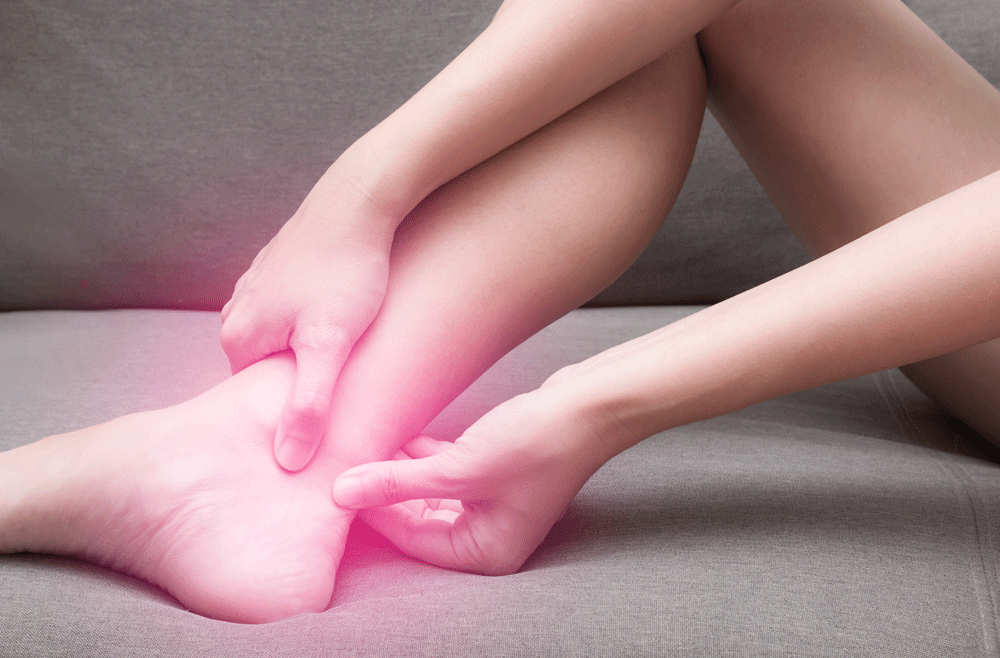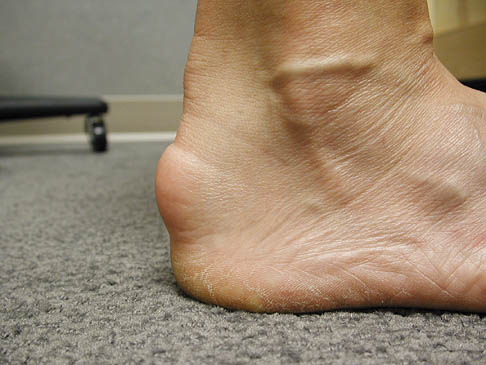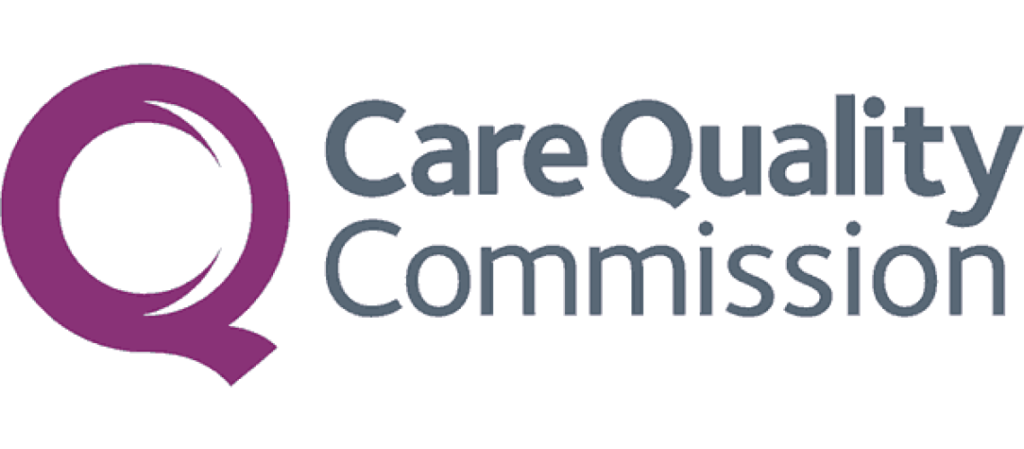Ligament Injury Treatment
Ligament treatments aim to restore strength, flexibility, and stability to joints following injury, strain, or chronic degeneration.
At a glance
About
Ligament issues often result from acute trauma, repetitive strain, or age-related degeneration.
Effective
Referrals
Not Needed
Booking
Instant-book option available
Cost
-
Lincolnshire £ 9,000
Nature of ligament treatment
Ligament treatment focuses on stabilising and healing the damaged connective tissue that supports the joint. Techniques aim to reduce inflammation, promote tissue regeneration, and restore the ligament’s strength and elasticity. Depending on the case, this may involve physical therapy, image-guided injections, or minimally invasive procedures to accelerate natural healing and avoid surgical repair.
Common Causes of Ligament Injury
Ligament injuries are commonly linked to:
Sports trauma: Sudden twisting, impact, or overextension during high-impact activities.
Falls: Landing awkwardly can overstretch or tear ligaments, especially around the knee or ankle.
Repetitive strain: Ongoing stress on joints from overuse or poor movement patterns can weaken ligament tissue over time.
Age-related degeneration: Ligaments lose elasticity with age, becoming more prone to injury.
Previous injury: Incomplete recovery from earlier ligament damage can lead to chronic instability.
Diagnosing suitability for ligament treatment
A full clinical assessment is required to determine suitability for ligament treatment. Symptoms such as joint pain, instability, swelling, or weakness are common indicators. Your clinician may perform physical tests to assess ligament laxity, followed by imaging such as MRI or ultrasound to evaluate the extent of damage. Suitability depends on the severity, chronicity, and location of the injury, as well as your overall health and activity level.
Suitable for
ACL injuries

Ankle sprains

Treatment overview
Ligament treatments are focused on reducing inflammation, supporting natural healing, and restoring joint function. Depending on the severity of the injury, options may include guided injections, physical therapy, or advanced regenerative approaches. These treatments target the damaged ligament tissue directly to improve recovery time, reduce pain, and enhance long-term joint stability without the need for surgery in many cases.
Ligaments are strong bands of connective tissue that stabilise joints and allow smooth movement. When injured or overstretched, they can become painful, weak, or unstable—affecting mobility and increasing the risk of further damage.

Benefits

Supports ligament healing and repair

Reduces joint pain and instability

Minimally invasive options available

Can prevent progression to chronic injury

May reduce need for surgical intervention
How to Pay
We offer a range of flexible payment options to make your treatment experience smooth and stress-free.
Paying for Yourself (Preferred Option)
Most patients choose to self-fund their treatment. We accept:
- Bank Transfers
- Credit/Debit Cards
- Cash (in person only)
Instalment Plans
We’ve partnered with GoCardless to offer interest-free instalment options. You can easily set up a Direct Debit to spread the cost of your treatment over time.
Finance Options
Looking for a financing plan? You can apply through Kandoo, our trusted finance partner.
- Instant online decision
- No impact on your credit score
- Multiple lenders for competitive rates
Private Medical Insurance (Limited Availability)
We work with a small number of approved insurance providers. However, due to restrictions from many insurers, not all treatments are covered. Please check with your insurer and speak to our team before booking to avoid disappointment.
The booking process
Online booking/call
Use our Calendly to book an initial consultation, or give us a call.
01
Consult
If you are a new patient, our doctors might arrange a consultation before treatment.
02
Treatment
You will be booked in for treatment.
03
Follow up
Our doctors might arrange a follow-up consultation, to check your response to treatment.
04
Discharge
Once your doctor is happy with your recovery, you will be discharged. After discharge, we are always here for further questions or support, should you need it.
05
Frequently Asked Questions
How do ligament injuries happen?
Ligament injuries often occur due to sudden twisting, overextension, or direct trauma during sports or physical activity.
Will I need surgery for a ligament injury?
Many ligament injuries can be treated without surgery using conservative or regenerative options, depending on severity.
How long is the recovery process?
Recovery time varies based on the ligament involved and treatment used, ranging from a few weeks to several months.
Schedule A Discovery Call With Us
Don’t wait to find relief. Whether it’s a consultation, scan, or treatment, we’re ready to help.






